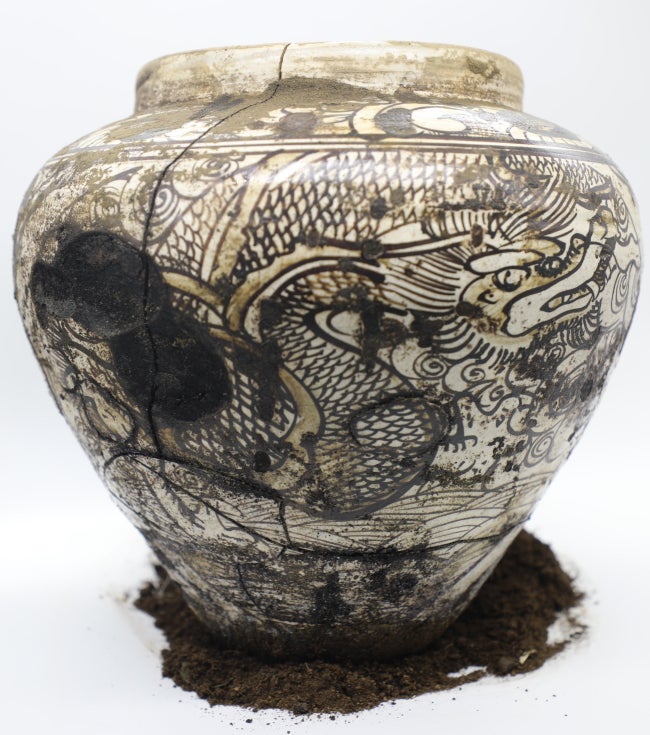The Humanities Collaboratory is pleased to welcome a new 5×5 Incubator Grant team, Northern Frontiers of the Mongol Empire, an interdisciplinary project with a focus on the Mongol Empire circa 1162-1367.
Team members Alicia Ventresca Miller (Anthropology); Christian de Pee (History); Miranda Brown (Asian Languages and Cultures); Sangseraima Ujeed (Asian Languages and Cultures); Pär Cassel (History); and Bryan Miller (History of Art) share a common area of interest centered on modern day Mongolia and China, but come from fields across several disciplines including archaeology, history, art, language, and culture. Team members “are interested in understanding how the northern frontiers were integrated into the Mongol empire. Northern communities were poised to influence Silk Road routes traversing the region, yet while trade into the heart of Mongolia is discussed in historical sources, it is uncertain how peripheral groups took part in these networks.”
Looking forward to expanding knowledge in this field, the team explains that, “Although we have an increasingly complex understanding of what moved along the major routes of exchange, we have startlingly little insight into northern trade or steppe roads.” To that end, the 5×5 team “aims to track the flows of people and goods into these northern zones—through textual, material, and archaeological data—while contextualizing these within historical narratives. The genetic makeup of communities is also of interest, permitting discussions of gene flow, ethnicity, and interaction. This endeavor is interdisciplinary in nature, and should contribute to a broader understanding of the Mongol empire.”
Pictured: Cizhou vessel, Yuan dynasty, 1271-1368 CE. (Photo: Peter Bittner)


